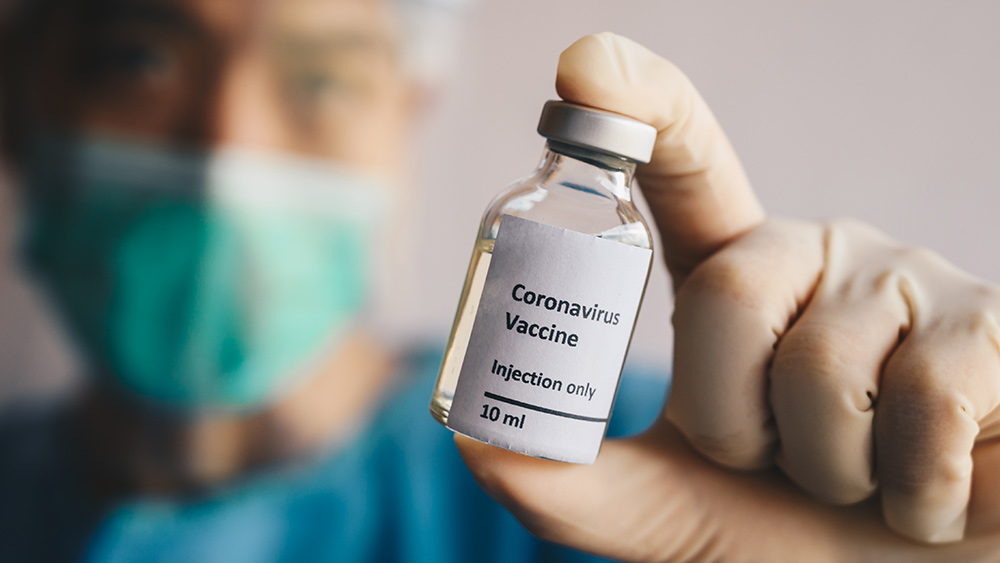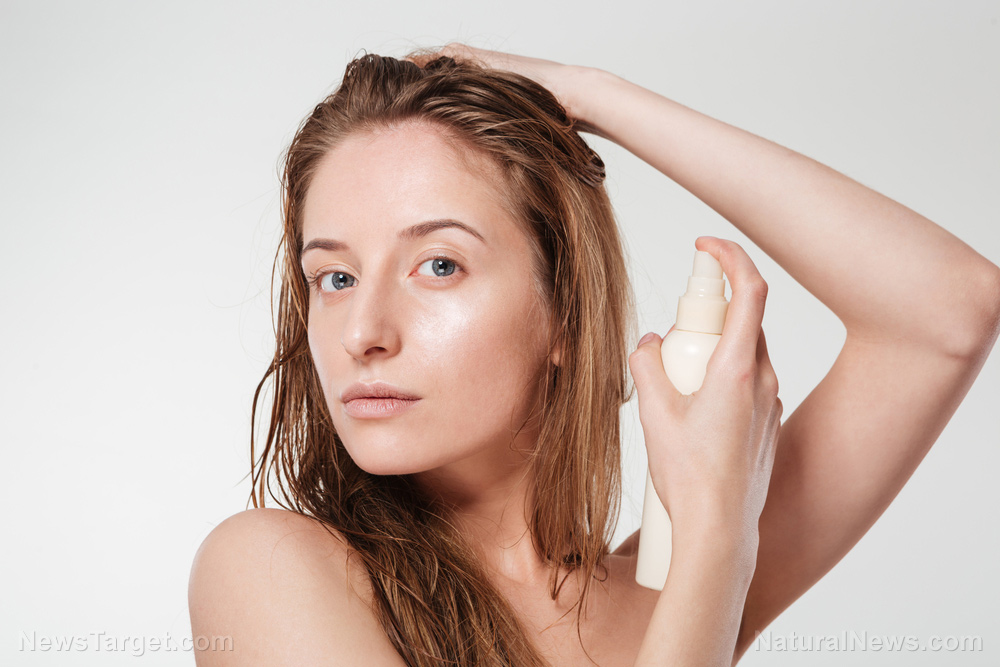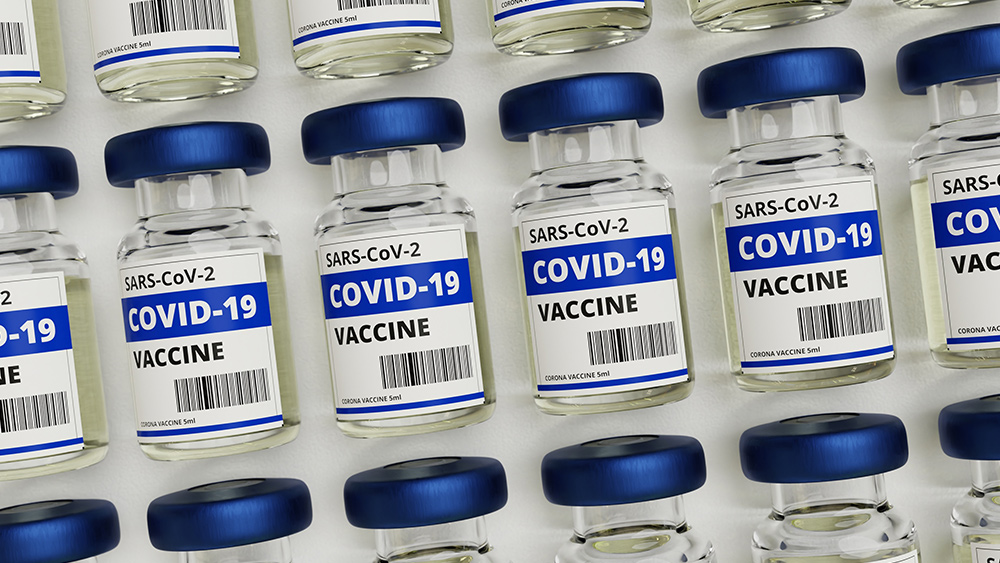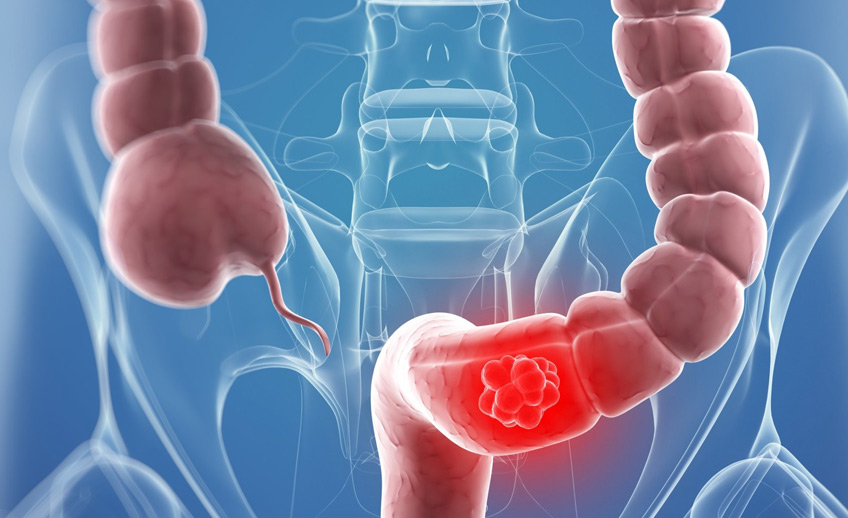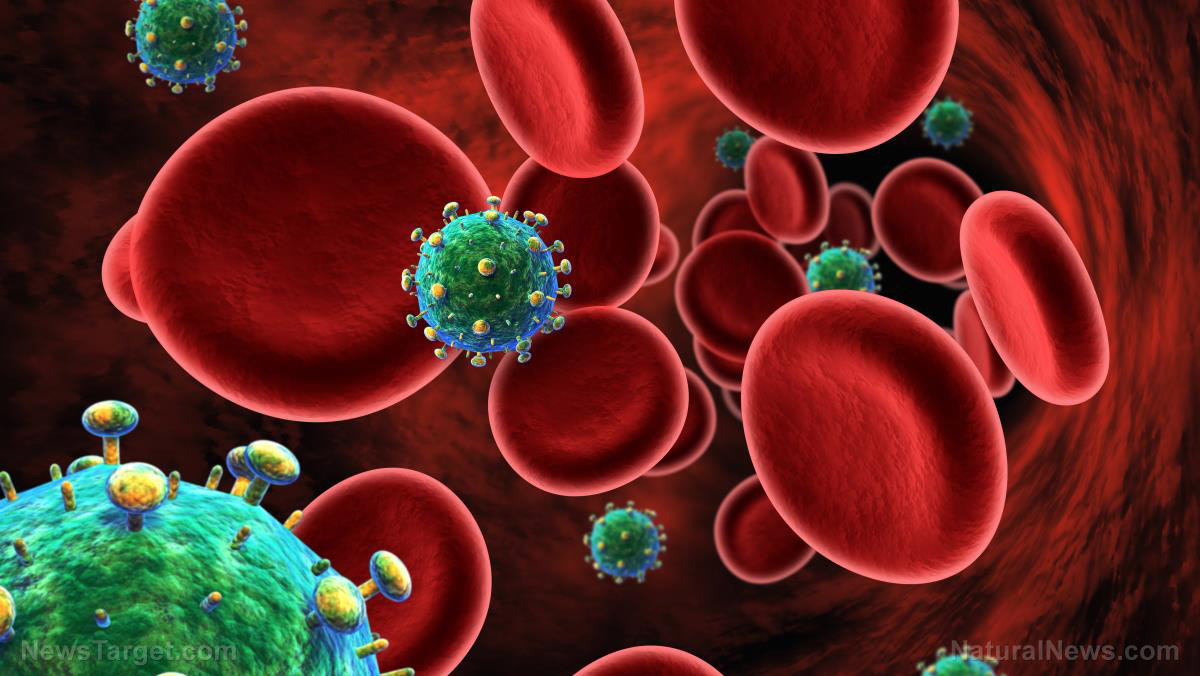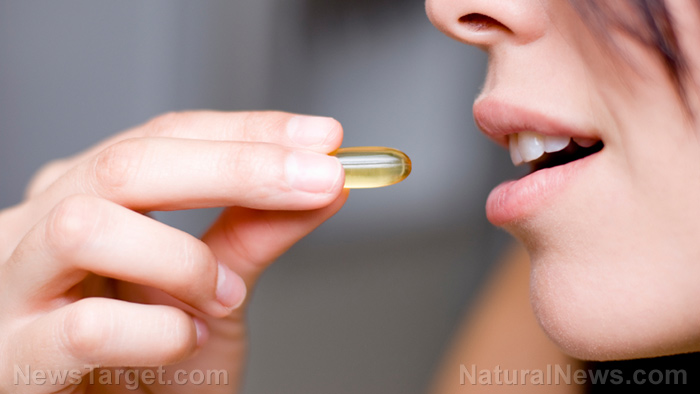Avoid these 4 harmful chemicals at home
10/22/2019 / By Grace Olson

People focus on consuming clean food, but unknown to many, your furniture may contain harmful chemicals as well. These chemicals can be absorbed through eating, inhaling, and even through the skin. Keep a look out for the following materials and check for their non-toxic alternatives. (h/t to MindBodyGreen.com)
1. Stain-guard coatings
Stain-guard coatings are added on carpeting and other fabrics in order to prevent stains from forming. While these may help your house look cleaner, these coatings pose health risks.
Stain-guard coatings or stain repellent, contain chemicals which turn into perfluorocarbons (PFCs). These compounds break down into smaller ones, which can infiltrate the bodies of organisms. Moreover, they do not decompose, so they can stay inside the body for a long time.
PFCs have negative effects on the body. They pose a risk for unborn babies, leading them to have less weight and size. They also cause abnormal thyroid levels and a weaker immune system.
2. Flame retardants
Flame retardants have been used in the manufacturing industry since the 1960s. They are commonly used in upholstery, paints, telephones, kitchen appliances, and cars. To some extent, they offer a feeling of security to homeowners, who are assured that these items will not easily ignite and burn.
However, studies have shown that prolonged exposure to these compounds have adverse effects. These include endocrine and thyroid disruption, a weakened immune system, and cancer. Like stain repellents, these items can remain in the environment and accumulate in the bodies of animals and humans for years.

Children, construction workers, and firemen are most vulnerable to their effects. Studies have found that children contain higher amounts of flame retardants in their bodies compared to adults. This may be due to their proximity to the floor and hand-to-mouth practices.
3. PVC-based synthetics
Polyvinyl chloride or PVC is a synthetic plastic polymer that is widely used in a variety of items. Some people have opted for synthetic clothes and fabrics as a better alternative to animal leather. However, these items also contain compounds that can emit harmful substances in the air when they break down. (Related: PVC Shower Curtains Emit Fumes of Toxic Chemicals.)
These PVC-based compounds can also build up in the tissues of living organisms and accumulate in the breast milk of humans and other animals. Prolonged accumulation can lead to high levels of toxicity, leading to reproductive impairment and problems in the brain.
4. Anti-wrinkle finishes
Anti-wrinkle finishes are added to fabrics for better appearances and lesser wrinkles. This is because natural fibers like cotton or linen may hold on to “imperfections” during the manufacturing process. While this may seem more convenient, anti-wrinkle finishes are based from formaldehyde.
Formaldehyde is commonly used as a preservative in funeral homes and laboratories. Its effects vary from person to person, depending on the length of exposure and the sensitivity of the person.
Formaldehyde causes irritation in the eyes and the throat, difficulty in breathing, and asthma attacks, among others. Some of its worse effects include damaging the nervous system and causing cancer.
How to avoid these harmful chemicals
All the above-mentioned dangerous chemicals are found in common household items. This does not mean you should start throwing all your furniture away, even if it’s something you might consider later. Knowing these chemicals will simply make you a smarter buyer in the future. Here are ways to avoid them:
-
Ask the manufacturer for their materials.
Always check the label for the materials that were used to make the furniture or appliance. Do your homework on the different names for these chemicals, then make a list for you to cross-check. If there’s no label or you’re not sure about the product, you can always ask the manufacturer if a certain chemical is used or not.
-
Use organic and natural alternatives.
One of the safest kinds of fabric to buy is wool. It is naturally water-proof and flame-resistant. Its only downside is that it’s quite pricey. If you’re looking for a cheaper alternative, check start-up companies. Lots of people also want to make safe and non-toxic items. Support some and contribute to the health environment in the process.
Learn which items are safe and toxic-free for your homes at Chemicals.news.
Sources include:
Submit a correction >>
Tagged Under:
Anti-wrinkle, brain health, cardiovascular health, chemical effects, chemicals, cognitive health, exposure, Flame retardants, heart health, immune system, PVC, PVC-based synthetics, smart buying, stain repellents, stain-guard coatings, toxic chemicals, toxic items, toxic substances
This article may contain statements that reflect the opinion of the author

